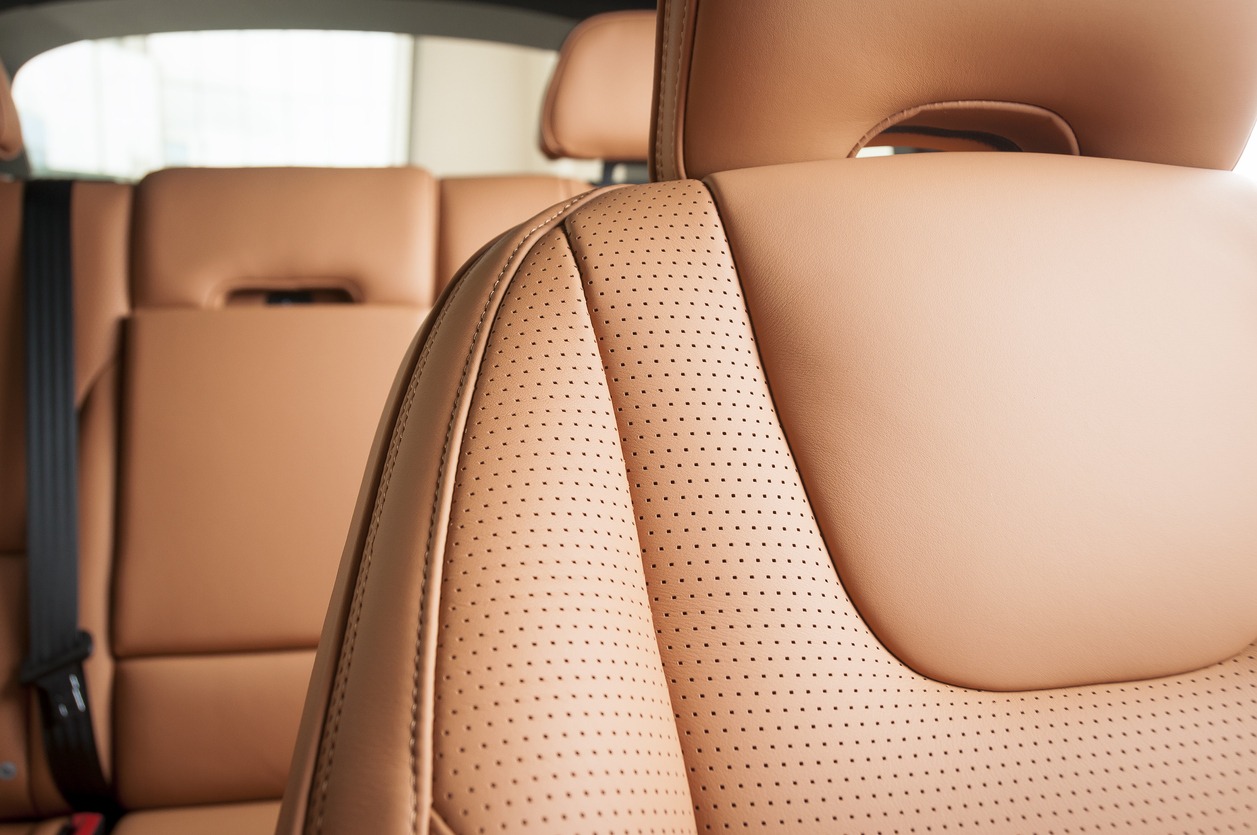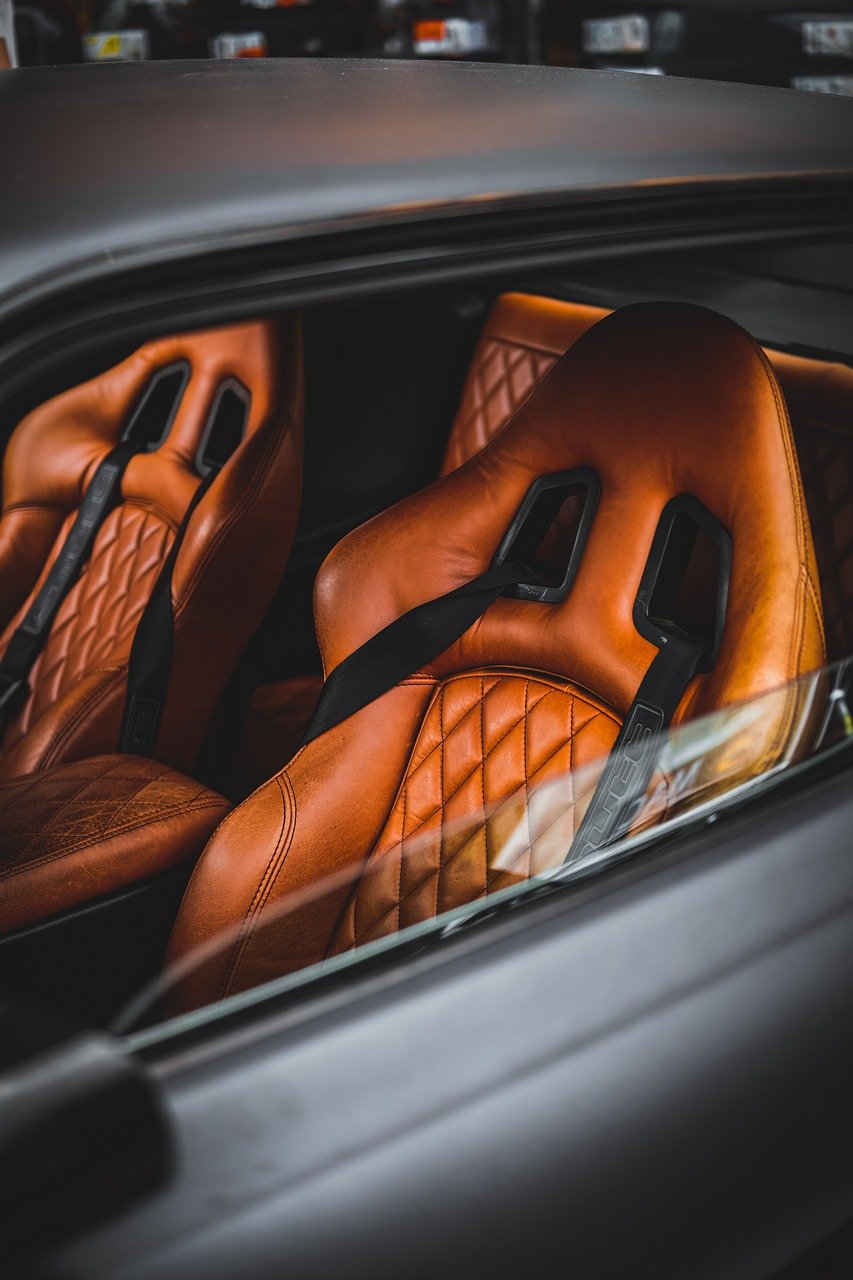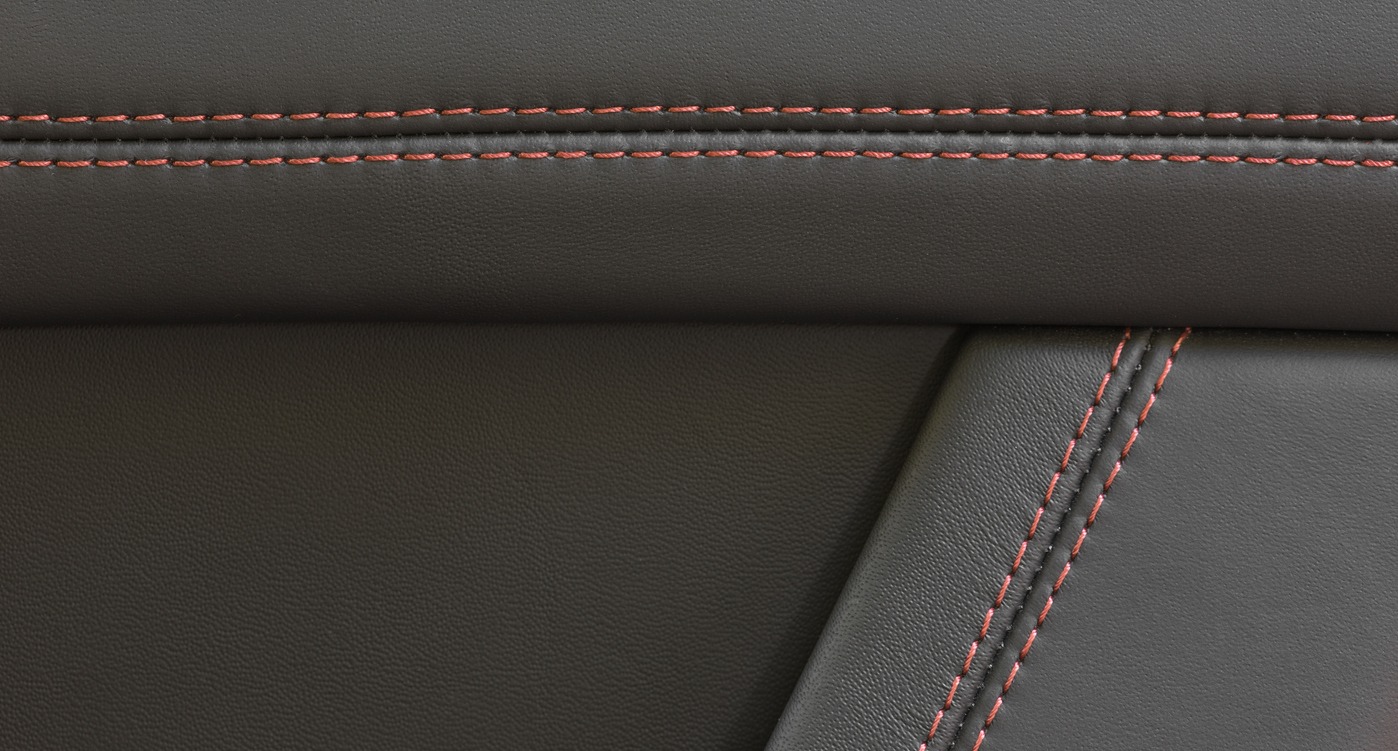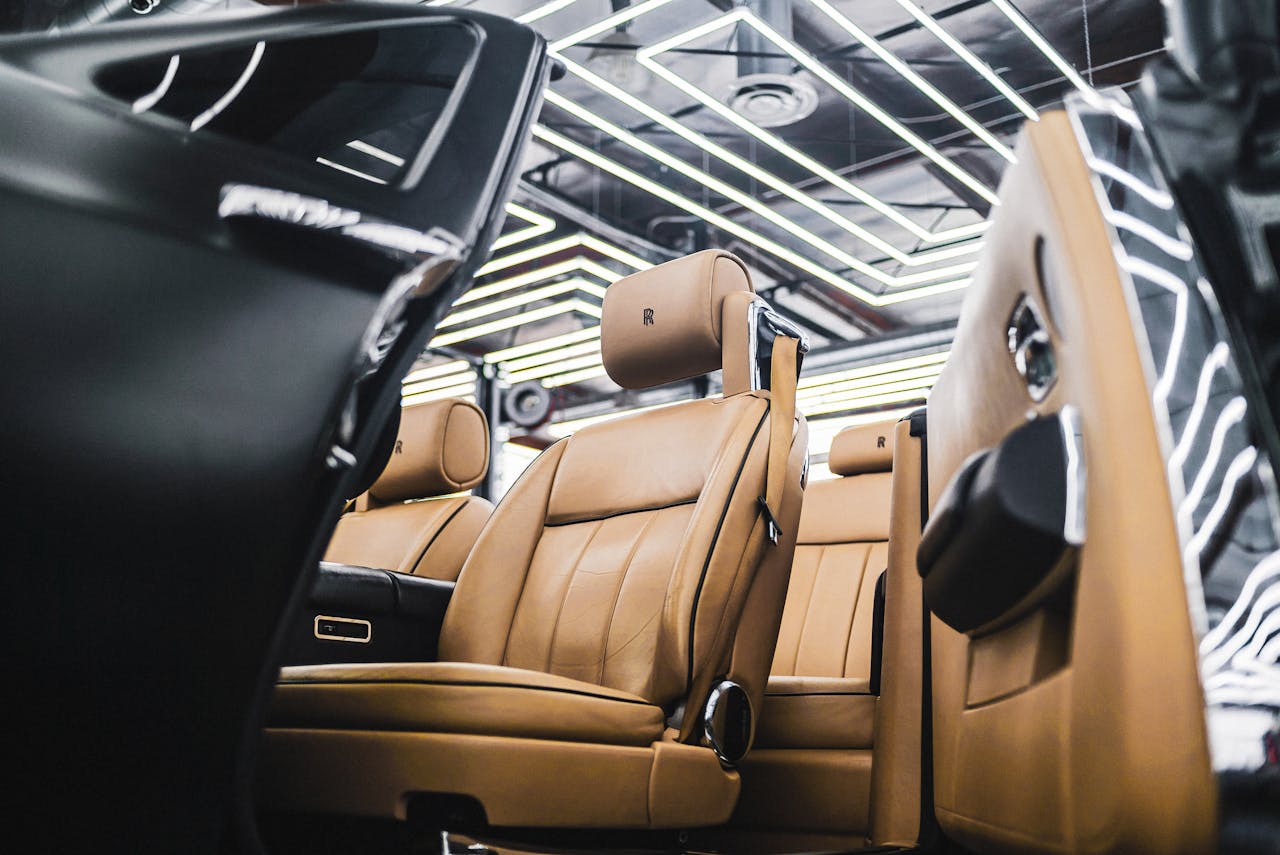When purchasing a vehicle, it involves finding one that has everything you want and need, including even the simplest of features. It does not matter whether you are buying a brand new or pre-owned car because there are really lots of decisions to make during the vehicle buying process. One of those simple decisions is whether you want leather seats for your car or you prefer to have cloth upholstery. This may be insignificant to some, but lots of people have preferences on upholstery. If you want to learn more abourt cars, visit this reputable car blog site.
Leather seats are liked by many people for their car because of many reasons and it can also give a car a high-quality look. However, there are some who do not like it as well. If you are undecided yet whether you’d like leather seats for your car, then you’re in the right place. Today, we are going to give you the pros and cons of leather seats to help you decide if you will go for it or just choose cloth upholstery for your car.
Types of Leather Seats
Each type of leather and synthetic alternative offers distinct advantages and experiences, allowing automobile manufacturers to cater to a wide range of customer preferences, from those seeking the utmost in luxury and comfort to those prioritizing cost, durability, and ethical considerations. Here are the different types of leather commonly used:
1. Genuine Leather
- Definition: Genuine leather, also known as corrected grain leather, is made from the skin layers that remain after the top is split off for the higher grades of leather. It’s often treated and embossed to create a more uniform appearance.
- Characteristics: This type of leather is durable and more affordable than higher grades, but it may not feel as soft or luxurious.
- Use in Automobiles: Often used in mid-range vehicles, genuine leather offers a balance between luxury and cost-efficiency.
2. Top-Grain Leather
- Definition: Top-grain leather is the second-highest quality of leather, where the top layer of the skin is sanded or buffed to remove imperfections. It is thinner and more pliable than full-grain leather.
- Characteristics: It offers a balance between durability and softness, making it resistant to stains and easy to maintain.
- Use in Automobiles: Common in many luxury vehicles, top-grain leather is favored for its refined look and feel, providing comfort and elegance.
3. Full-Grain Leather
- Definition: Full-grain leather is the highest quality leather, including the entire grain layer without any removal of the surface. Unlike top-grain, it retains all the natural markings and texture of the hide.
- Characteristics: It is the most durable and breathable form of leather and develops a patina over time, enhancing its aesthetic appeal.
- Use in Automobiles: Full-grain leather is often reserved for high-end and luxury car models due to its premium quality, durability, and comfort.
4. Nappa Leather
- Definition: Nappa leather is a type of full-grain leather known for its softness and durability. It is typically made from the skins of sheep, goats, or calves.
- Characteristics: It has a smooth texture and is highly flexible, offering an extra level of comfort and luxury.
- Use in Automobiles: Used in premium and luxury vehicles, Nappa leather is prized for its superior softness and aesthetic qualities, enhancing the interior’s luxury appeal.
5. Faux Leather (Synthetic Leather)
- Definition: Faux leather, also known as synthetic leather, is made from polyurethane (PU) or polyvinyl chloride (PVC). It is designed to mimic the look and feel of real leather at a lower cost and with varying degrees of environmental impact.
- Characteristics: It is easier to clean, maintain, and is more resistant to cracking and fading than real leather. However, it may not offer the same breathability or durability.
- Use in Automobiles: Faux leather is an affordable alternative to genuine leather, widely used in both economy and some premium vehicles. It appeals to consumers looking for vegan options and those concerned with sustainability.
6. Alcantara®
- Definition: Alcantara® is a premium synthetic material that resembles suede in texture and appearance. It is not leather but is often mentioned in discussions about car upholstery due to its luxurious feel.
- Characteristics: It’s durable, stain-resistant, and offers a unique tactile experience. It also provides a non-slip surface, which can be beneficial for seating.
- Use in Automobiles: This material is used in high-end and sports cars, often in combination with genuine leather, to provide a luxurious interior with enhanced grip and comfort.
Pros of Leather Car Seats
Here are some of the advantages you can get when you choose to have leather seats for your car.
- Enhanced Interior Aesthetics: Leather seats are a symbol of elegance and high status, significantly elevating the interior design of any vehicle. The rich texture and sleek appearance contribute to a more luxurious driving experience.
- Durability and Longevity: Leather is known for its exceptional durability. It can withstand the rigors of daily use better than many other materials, maintaining its appearance and integrity over time with proper care, thus potentially outliving fabric seats.
- Hard to stain: Leather is much harder to stain compared to cloth upholstery. Well, it can be stained but for the most part, it is resistant from common stains like dirt and liquids.
- Easy to clean: Leather has a smooth and silky surface making it very easy to clean. You can simply vacuum any dirt and garbage off the seats and then wipe them down.
- Has a pleasant smell: Unlike cloth upholstery, leather seats do not absorb odor and they also have a distinct smell that a lot of people refer to as “new car” smell.
- Comfortable: Leather has a thick hide that is soft which provides both cushioning and support, making it a very comfortable material. Leather car seats can give comfort to people who drive a lot.
- Great for cars with moon roofs: Leather seats are great for cars with moon roofs because even if it is left open in the rain, the water won’t damage the leather seats as it will damage the cloth.
- Great for cool climates: Leather seats are also a great choice if you live in a cool climate because heather seats are only available with leather upholstery.
- Can reduce allergens in your car: Leather seats can also reduce allergens in the car because dust and dirt do not cling to them that much, unlike on cloth upholstery that can collect lots of dust and dirt when not maintained.
- Higher resale value: Cars with leather seats are very in demand and they cost more. They have a great resale value, especially when they are maintained well.
- Breathability: Genuine leather seats are breathable, which helps in reducing sweating and provides comfort during long drives.
- Customization: Leather seats offer a high degree of customization, including color, stitching, and patterns, allowing for personalized interior designs.
- Noise Reduction: Leather seats can help in dampening interior noise, contributing to a quieter cabin environment.
Cons of Leather Car Seats
Leather seats come with a lot of advantages, but just like many other things, they also have some disadvantages that you need to look out for. Here are some of the cons of leather seats.
- Higher Cost: This is probably the major negatives of leather car seats. For luxury vehicles, leather may come in standard, but it is generally an upgrade in a standard vehicle. In fact, you can spend more than two thousand dollars when upgrading a new vehicle to leather. So before you decide to upgrade, you need to ask yourself first if the cost is justified.
- Can be affected by temperature: It is mentioned earlier that leather seats are great for those who live in cold climates. But if you live in hotter places, then it is another major negative for leather because it has a tendency to heat up in warm weather. During summer, leather car seats can get so hot, making it difficult for you to immediately sit on it. Skin also tends to stick to leather when it’s hot, giving you an uncomfortable feeling. Well, there’s an option to have climate controlled seats, but that is another upgrade you need to pay for.
- Maintenance: Leather is indeed easy to clean, but maintaining it can be a hassle. It’s because, over time, all of the sweat, dust, spills, and crumbs will work their way into the pores of the leather seat. If left unmaintained, this wear can show and it can also harden and crack which cannot be repaired easily.
- Limited colors: Leather seats have fewer colors available compared to cloth seats. Therefore, if you value a personalized car interior, leather seats may not work for you. Unless you will be satisfied with car seats in colors black, grey, and beige for the most part.
- Slippery Surface: The smooth surface of leather can make seats feel slippery, especially when taking sharp turns or during sudden stops. This might affect comfort and driving experience for some drivers.
- Ethical and Environmental Concerns: For those concerned about sustainability and ethical issues, the choice of leather can pose a dilemma. The production of leather has significant environmental impacts, and alternatives may be sought by eco-conscious consumers.
- UV Sensitivity: Leather is sensitive to ultraviolet (UV) light, which can cause the color to fade over time if exposed to direct sunlight for extended periods.
- Weight: Leather seats can add to the overall weight of a vehicle, which may affect fuel efficiency slightly.
Interesting Facts About Leather Seats
Final Thoughts
As you weigh the pros and cons of leather versus cloth car seats, it’s important to consider your personal preferences, lifestyle, and budget. Leather seats, while offering a touch of elegance and easier maintenance, come with a higher price tag and can be less comfortable in extreme temperatures. Cloth seats, on the other hand, provide a more affordable and customizable option but might demand more effort in terms of cleaning and upkeep. Ultimately, the choice hinges on what you value most in your driving experience – be it luxury, comfort, maintenance, or cost. Whatever your decision, ensure it aligns with your overall expectations from your vehicle, enhancing your joy and satisfaction with every drive.
These are some of the pros and cons of leather seats. Leather is indeed a great choice for car seats and it comes with lots of advantages. If you are not into maintaining them, having leather car seats may not be the best option for you. But if you can afford leather seats and you’re willing to keep them maintained for a long time, then go for it! We hope the pros and cons we shared will help you decide if leather seats are the best for your car.




